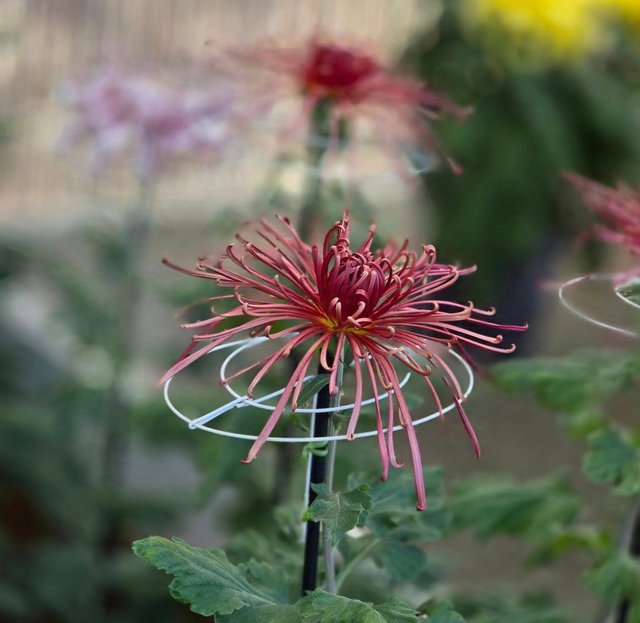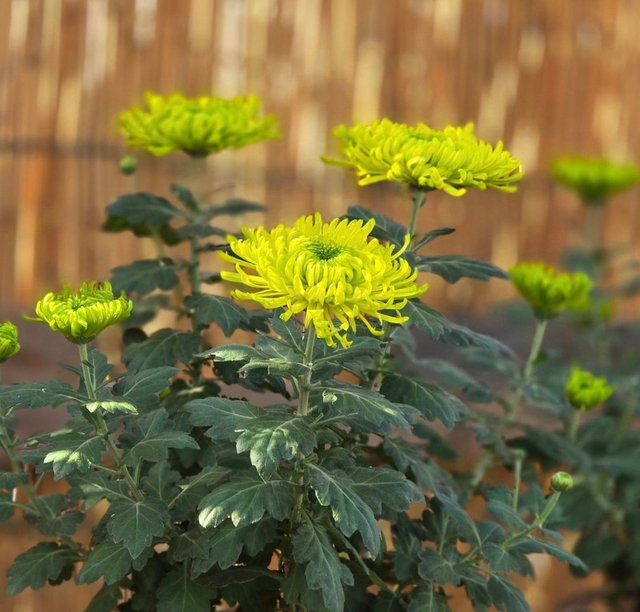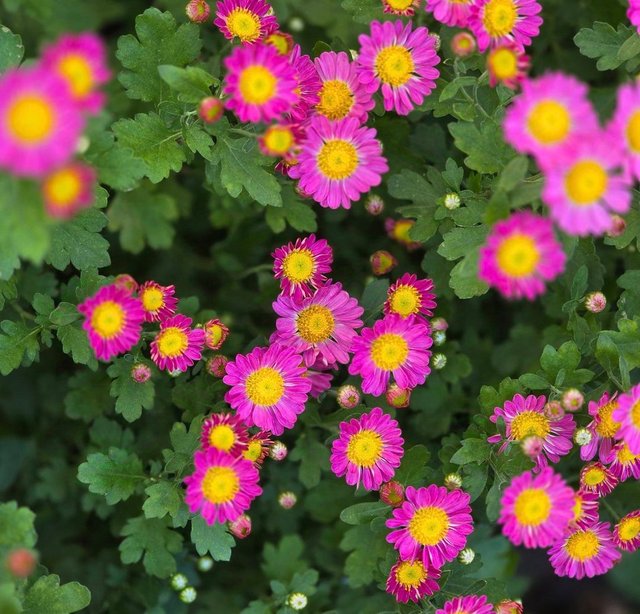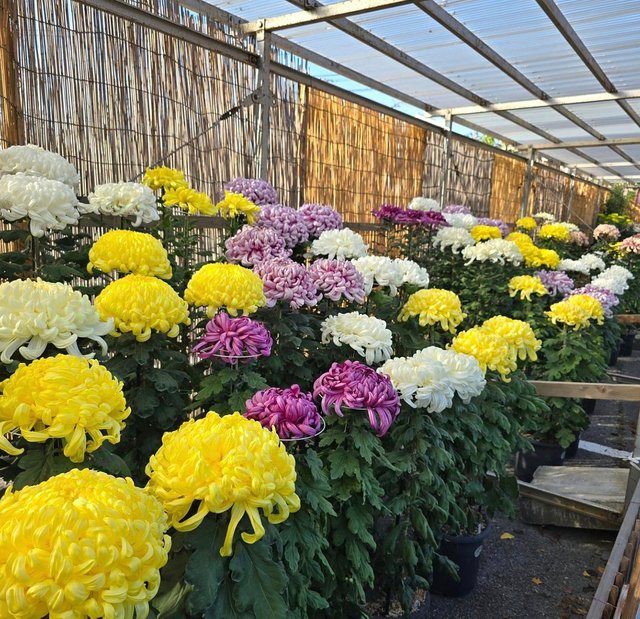Chrysanthemum grandiflorum Flower




Chrysanthemum grandiflorum, commonly known simply as the chrysanthemum, is a vibrant and celebrated flower often associated with fall and the changing seasons. Known for its full, intricate blooms, it’s native to Asia, particularly China, where it has been cultivated for thousands of years. The flower has deep cultural significance and is often seen as a symbol of longevity, joy, and vitality.Chrysanthemum grandiflorum flowers come in a range of colors, from warm oranges and reds to pure whites and soft pinks. The plant has robust, bushy foliage and produces large, showy flowers with dense layers of petals. The blooms are versatile and come in various shapes, from pompom-like spheres to delicate, daisy-like forms. Depending on the variety, they can grow anywhere from 12 to 36 inches tall.
Chrysanthemums thrive in full sunlight and well-drained soil. They are relatively low-maintenance but require regular watering and deadheading (removal of spent blooms) to encourage continuous flowering. Planting chrysanthemums in late spring ensures they’ll be ready to bloom in early fall, making them perfect for seasonal gardens.In many parts of Asia, especially Japan and China, chrysanthemums hold special significance. In Japan, they represent the Emperor and the Imperial family and are celebrated during the annual Festival of Happiness, or Chrysanthemum Festival. In China, they symbolize nobility and resilience, given their ability to bloom in cooler weather. In Europe and North America, chrysanthemums are often associated with remembrance and are commonly used in floral arrangements during autumn celebrations.
Chrysanthemums aren’t just beautiful—they’re also beneficial! Their petals contain antioxidants and are often used in teas, particularly in traditional Chinese medicine, where they’re valued for their calming and anti-inflammatory properties. In the garden, they act as natural pest repellents, thanks to their pyrethrum content, making them a great companion plant.Chrysanthemums are sometimes called the “queen of fall flowers” due to their late-season bloom, which adds color and life to gardens when most other plants have finished flowering.